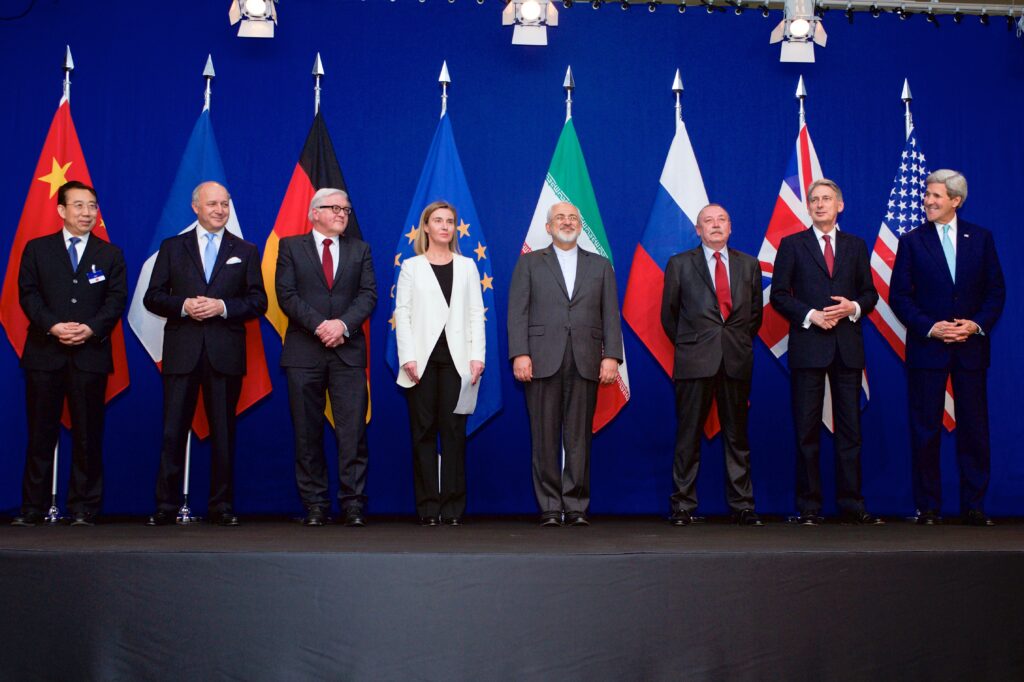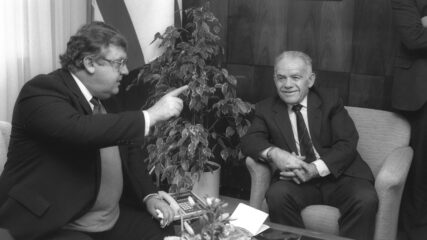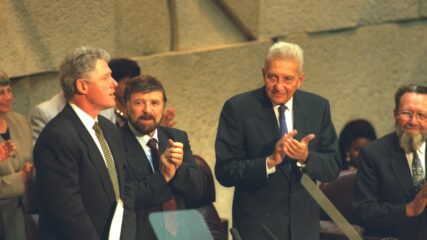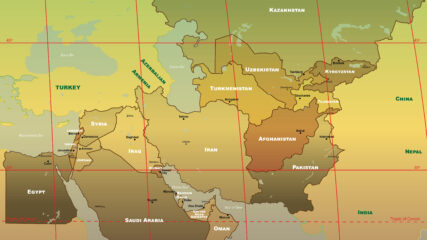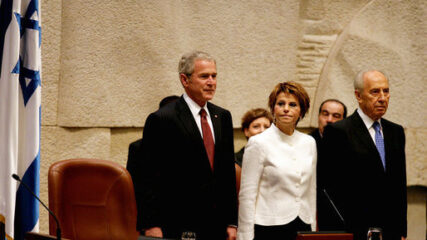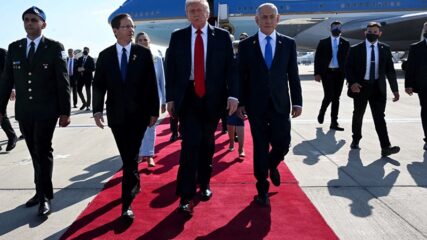July 14, 2015
Introduction to the JCPOA
Signed between major world powers and Iran, the Joint Comprehensive Plan of Action (JCPOA) aimed to curb Iran’s nuclear (weapons development) program in exchange for sanctions relief, while allowing it to pursue a peaceful nuclear energy program under strict limits. Iran agreed to reduce its stockpile of enriched uranium by 98%, cut its number of centrifuges by two-thirds, and repurpose a heavy-water reactor so it could not produce weapons-grade plutonium. The deal established comprehensive inspections and monitoring by the International Atomic Energy Agency (IAEA), granting inspectors access to Iran’s nuclear facilities to verify compliance.
In return, international sanctions that had crippled Iran’s economy were lifted, enabling Iran to re-enter global oil markets and access frozen assets abroad. Proponents argued that the JCPOA blocked Iran’s pathway to a nuclear bomb and reduced the likelihood of conflict, while critics contended that it did not address Iran’s ballistic missile program or regional aggression and included sunset clauses that would eventually ease restrictions. The JCPOA represented a rare diplomatic breakthrough after years of tension over Iran’s nuclear ambitions, reflecting a significant moment in nonproliferation efforts and Middle East diplomacy. President Barack Obama put forward Washington’s reason for signing the agreement. The agreement was not submitted to the U.S. Senate for ratification because it was executed as an executive agreement and not a treaty, with the administration in 2015 noting it was a political commitment, consistent with past arms control agreements. At the time, securing a two-thirds vote from the Senate would have been impossible for the Obama administration. As it evolved, the agreement remained contentious in the U.S. The Trump administration withdrew from the agreement in 2018, calling it a “terrible deal.”
Trump said that the deal lacked sufficient inspection mechanisms and did not address Iran’s ballistic missile program, nor did it constrain Iran’s regional support for insurgencies in Iraq and Yemen, as well as Hamas, Hezbollah and the Assad regime in Syria. Within a year of U.S. withdrawal, Iran incrementally breached the JCPOA limits, installed and operated advanced centrifuges, and restricted inspections of its compliance. In 2018, Israel captured Iran’s nuclear archives, revealing it had pursued nuclear weapons since 2003. The United States under President Donald Trump reimposed and expanded sanctions, limited Iran’s exports and access to banking and financial sectors, designated the Islamic Revolutionary Guards Corps as a foreign terrorist organization, and sent a drone to kill its leader, Qasem Soleimani, in January 2020.
Since Iran’s Islamic regime had repeatedly preached Israel’s destruction, Israeli prime ministers, the parliament and its people saw Iran as an existential threat. Prime Minister Benjamin Netanyahu strongly opposed the JCPOA, addressing the issue before the U.S. Congress in 2015. Arguing for more than a decade, he constantly reiterated that not enough was done by the international community to thwart Iran’s access to a nuclear weapon, restrict its missile production (capacity to deliver future bombs and attack Israel with conventional weapons), or restrain its proxies. Israel welcomed Trump’s withdrawal from the JCPOA, with Iran continuing on its path to access a weapon, build an arsenal of advanced missiles, and funnel funds and training into its proxies on Israel’s borders. Israel’s objective in attacking Iran on June 11, 2025, as outlined by Netanyahu, was to roll back, degrade or destroy the Iranian regime’s capacity to advance in these three aggressively anti-Israeli areas.
— Ken Stein, June 2025
Read the Full Agreement in a Printable PDF
